
free Resources for writing a Theory of Knowledge Essay
Free resources to help students write the ToK Essay



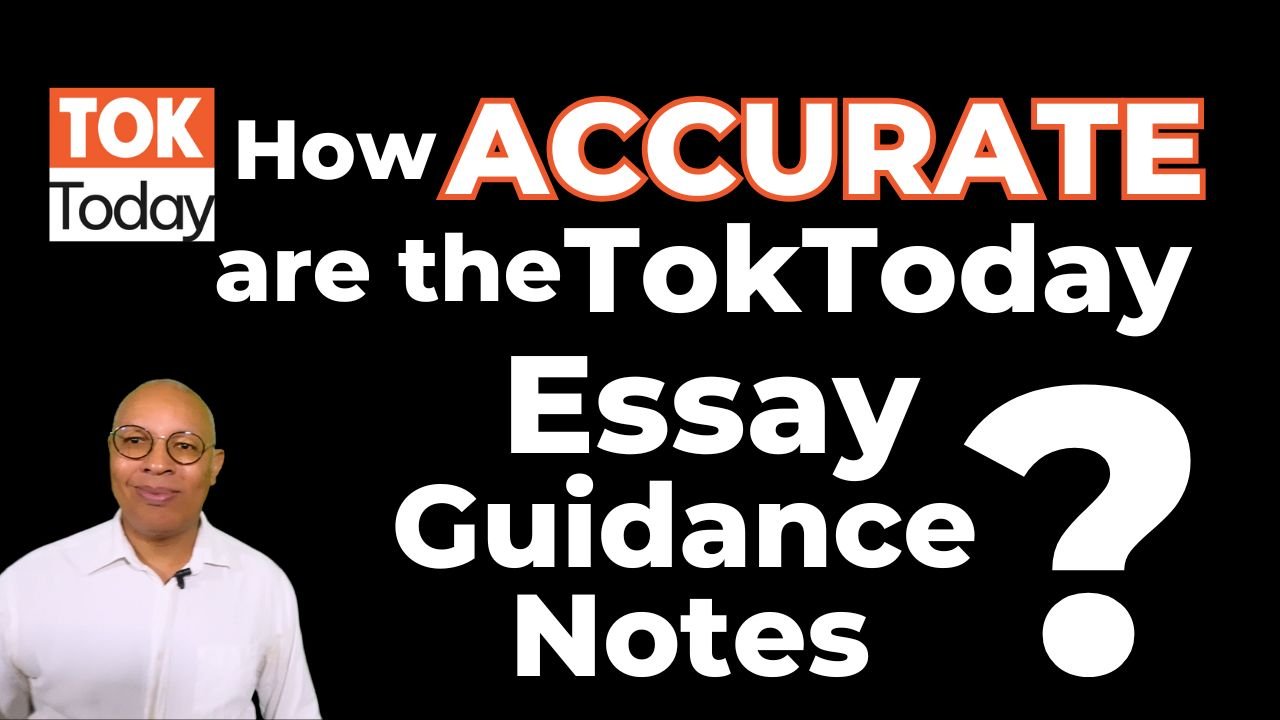
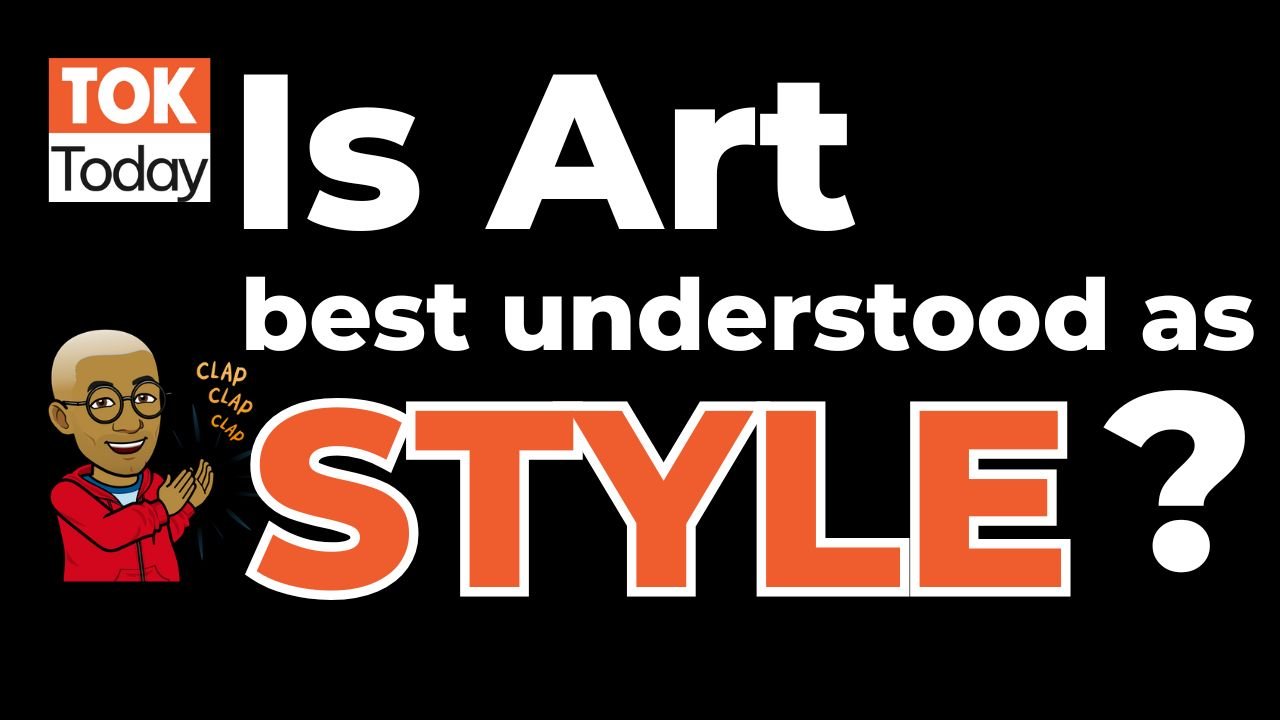
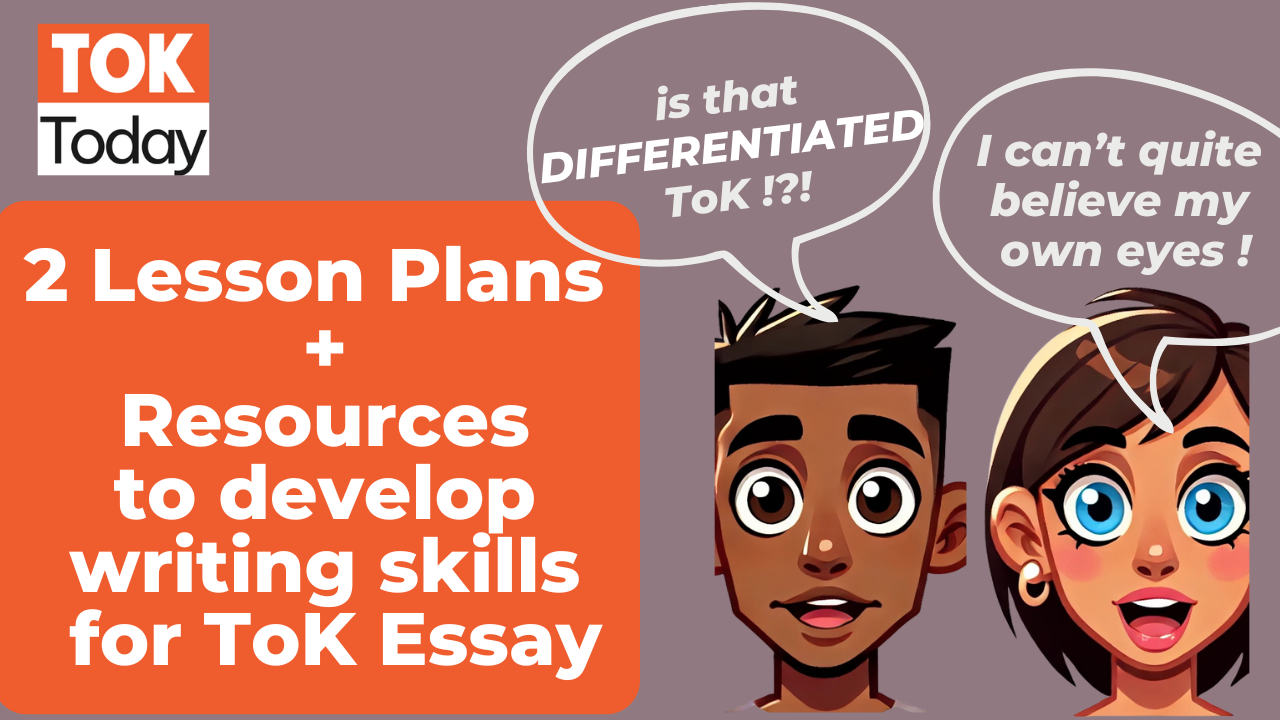

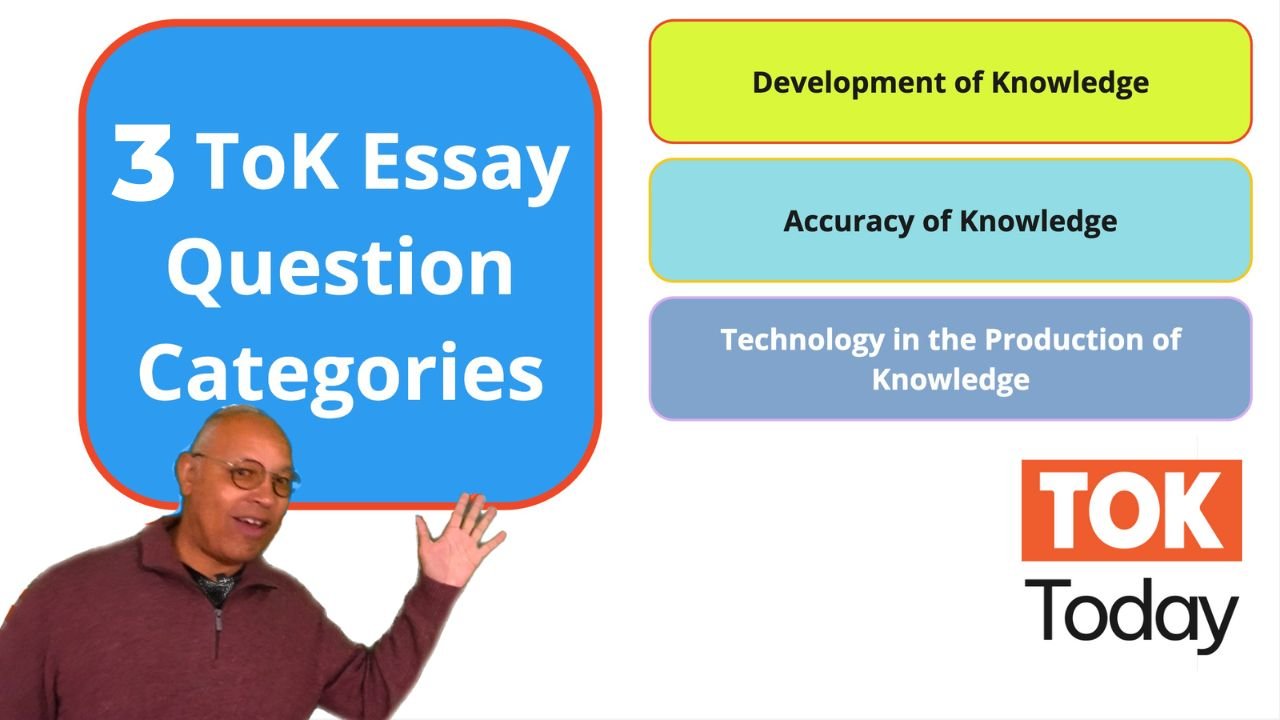

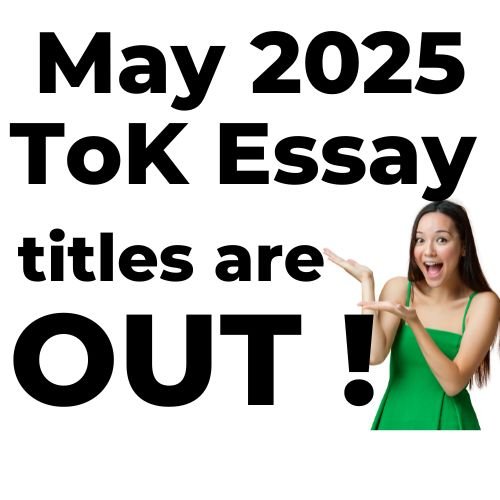
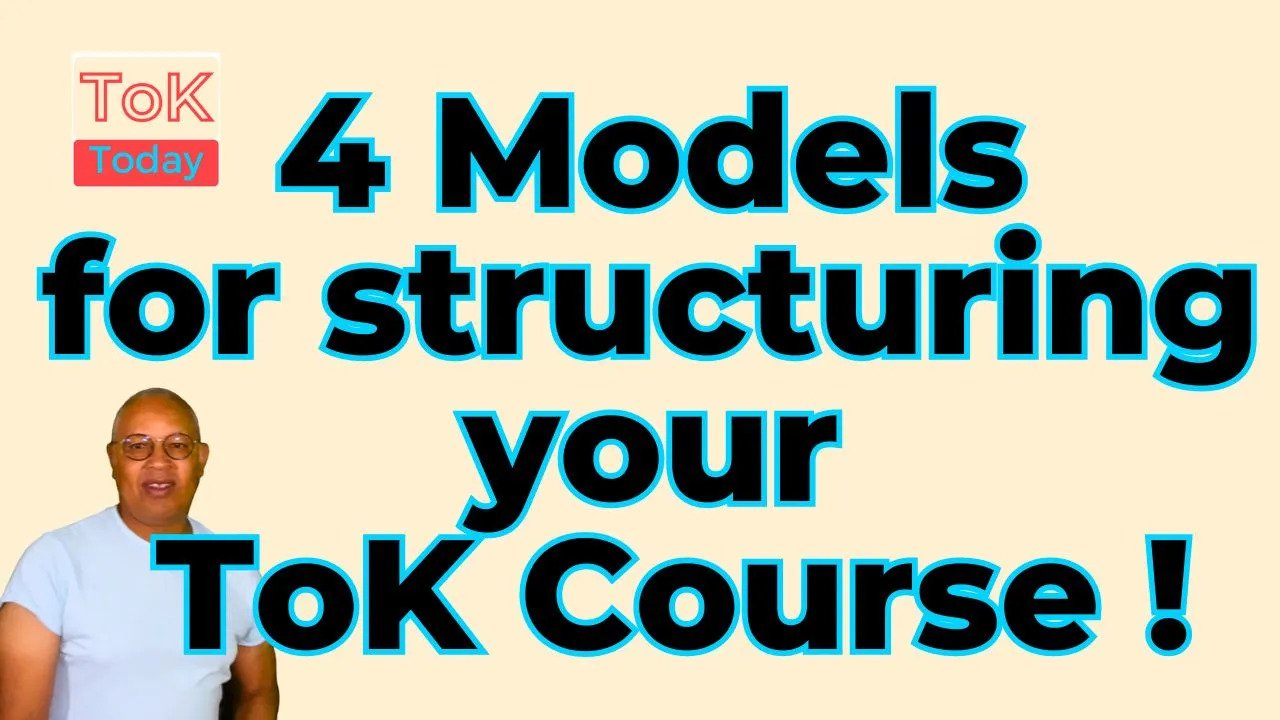
How to structure the ToK Course
In the past couple of weeks, we have explored 4 broad ways to structure the Theory of Knowledge (ToK) course, aiming to provide useful structures for fellow ToK educators.
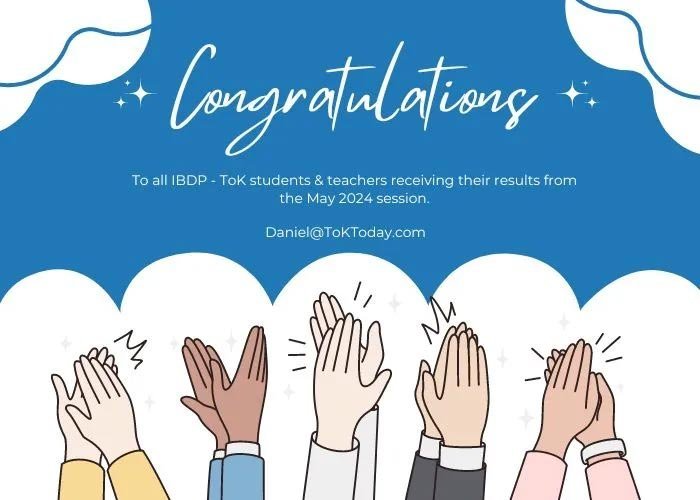
ToK Results May 24 & Feedback
Congratulations if you, or your students, have just received your DP & ToK results. Regardless of the actual numerical score, any study of the IB Diploma (particularly ToK) is a valuable achievement.







